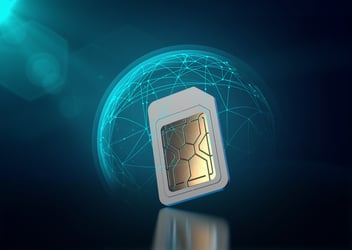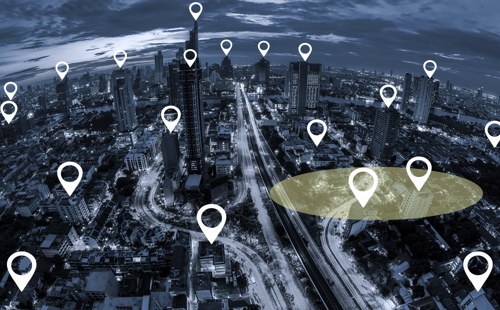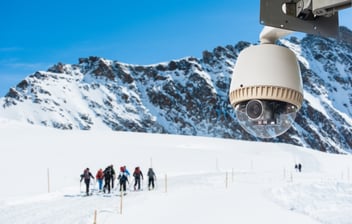

What is geofencing and how you could benefit?
The term 'geofencing' is a feature in many mobile applications, but what really is geofencing? How does geofencing work? What are the benefits of geofencing in smart devices and IoT? Here we will explain how it works and how your business can utilise it.
What is geofencing?
As the name suggests, geofencing refers to limiting (fencing) location (geo) boundaries, but within the virtual space. In IoT, where the location tracking data is transmitted through cellular connectivity, geofencing uses the position of cell towers to create virtual boundaries (fences) for SIMs.
How does geofencing work?
Geofencing uses Cell Global Identity (CGI) identifiers to create virtual boundaries. The geo-fence is then paired with a specific SIM, which in turn responds to the boundary as dictated by the parameters of the program. When a SIM exits the predefined virtual boundary, the SIM management system or platform issues an alert, and if necessary shuts down the SIM, hence disconnecting the device from the cellular network.
IoT geofencing is used to trigger different responses based on location data and to control the consumption of device connectivity.
What makes Nomad geofencing different?
Our in-house Nomad connectivity management platform's geofencing also uses the Cell Global Identity (CGI) Identifier. This is a standard that can identify a cell globally. It uses the mobile country code, mobile network code, locations area code and cell ID.
The Velos IoT Nomad Platform offers three different fencing types. You can select which fence type at cell ID level, around location area or defined networks. With Velos IoT geofencing function, you can choose to fence a single cell, many cells, or all available cells. Platform users can choose between three types of geofencing notifications:
- Receive email notification when an IMSI (SIM card identifier) is outside the geofencing area. No further actions required.
- Receive email notification when an IMSI is outside the geofencing area and the IMSI will be denied. This means the system will deny the session and the SIM won't get any session until it goes back to the fencing area.
- Suspend the IMSI with no email notification. The IMSI will be temporarily denied.
The cell ID database is accurate and reliable, providing instant live update online look-ups. The accuracy of the locations provided for cell towers in urban centres is 450 meters. And in rural areas, it is 1500 meters. You will need a GPS device for more stringent street-level accuracy.
What are the business benefits?
This technology has a lot of practical uses such as asset management. Network administrators can track device locations and prevent device usability outside restricted areas.
Geofencing is often used for:
- Deliveries. Customers waiting for a package get a text message when the delivery vehicle enters a certain radius of their home.
- Retail. Consumers who walk a certain distance from a shop get notified with special offers and incentives.
- Security. Companies that record sensitive information on tablets have data records disabled when leaving a location.
- Restaurants. Information on daily menu specials delivered to customers who come in the range of your restaurant.
- Cinemas. Film showtimes delivered directly to nearby regular customers.
Contact us to learn more about geofencing for IoT and how to use our platform to manage geofencing for your existing SIMs.
Speak to a Velos IoT expert
Related articles


What is eUICC and how does it impact the future of connectivity
eUICC is being hailed as the next evolutionary step for mobile connectivity. It has been generating...

Revolutionising Surveillance: Connectivity Solutions for CCTV OEMs
In today's fast-paced world, the demand for advanced surveillance systems continues to rise as...
